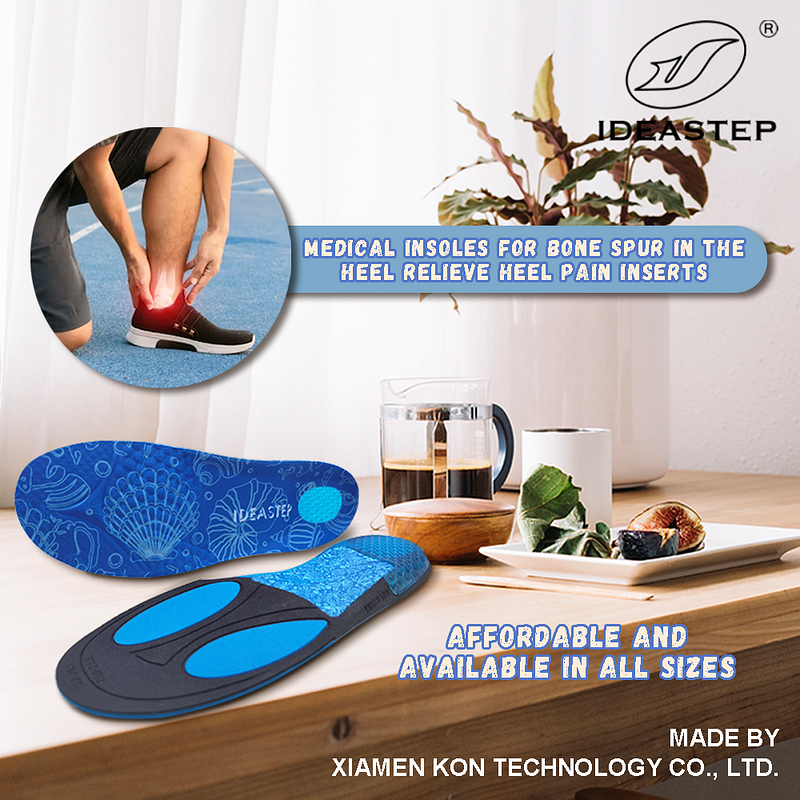Summary: Side Effects of Wearing Orthotics
Orthotics can be valuable tools for treating foot and ankle conditions, but they can also cause side effects. The most common issue is friction-related, leading to blisters, irritation, and discomfort. Other potential side effects include increased pain, skin discomfort, blisters and calluses, limited mobility, and in rare cases, more serious complications.
To minimize these risks, it’s crucial to ensure proper fitting by a healthcare professional, wear appropriate shoes with adequate space, take breaks, and seek medical attention if necessary.

Side Effects of Wearing Orthotics
Orthotics can be invaluable tools for managing foot and ankle conditions, but like any medical device, they can come with potential side effects. While these side effects are usually minor and temporary, it’s important to be aware of them before committing to orthotic therapy.
Common Side Effects
The most common side effect of wearing orthotics is friction-related. Orthotics can sometimes rub against the skin, causing blisters or irritation. This is more likely to occur if the orthotics are not fitted properly or if you wear shoes that are too tight. Other potential side effects include:
- Skin discomfort: Orthotics can cause itching or tingling sensations on the skin.
- Increased pain: In some cases, orthotics can actually increase pain levels, especially if they are not properly aligned or if they are worn for too long.
- Blisters and calluses: The friction created by orthotics can also lead to the formation of blisters and calluses on the skin.
- Limited mobility: Orthotics can sometimes limit the range of motion in the affected area, which can make certain activities more difficult.

Preventing Side Effects
Fortunately, many side effects associated with orthotics can be mitigated with careful fitting and appropriate footwear. Tips for preventing these issues include:
- Ensure that your orthotics are properly fitted by a qualified healthcare professional.
- Choose shoes that provide ample space and support around the orthotics.
- Avoid wearing tight shoes that may compress the orthotics or put pressure on the skin.
- Take breaks from wearing orthotics throughout the day.
When to Seek Medical Attention
While most side effects from orthotics are minor, it’s important to seek medical attention if you experience any of the following:
- Severe pain or discomfort
- Skin redness or discoloration
- Difficulty walking or moving
- Numbness or tingling in the affected area
Conclusion
Orthotics can be beneficial for managing foot and ankle conditions, but it’s important to be aware of the potential side effects. By following these tips and working with your healthcare provider, you can maximize the benefits of orthotics while minimizing the risk of complications.

FAQ
Q: What is the most common side effect of wearing orthotics?
A: The most common side effect is friction-related, causing blisters or irritation on the skin.
Q: What other potential side effects can orthotics cause?
A: Orthotics can also cause skin discomfort, increased pain, blisters and calluses, and limited mobility.
Q: How can I prevent these side effects from happening?
A: Proper fitting by a healthcare professional, choosing appropriate shoes, and taking breaks from wearing orthotics can help minimize these risks.
Q: When should I seek medical attention regarding orthotics?
A: Seek medical attention if you experience severe pain, discomfort, skin redness or discoloration, difficulty walking or moving, or numbness and tingling in the affected area.
